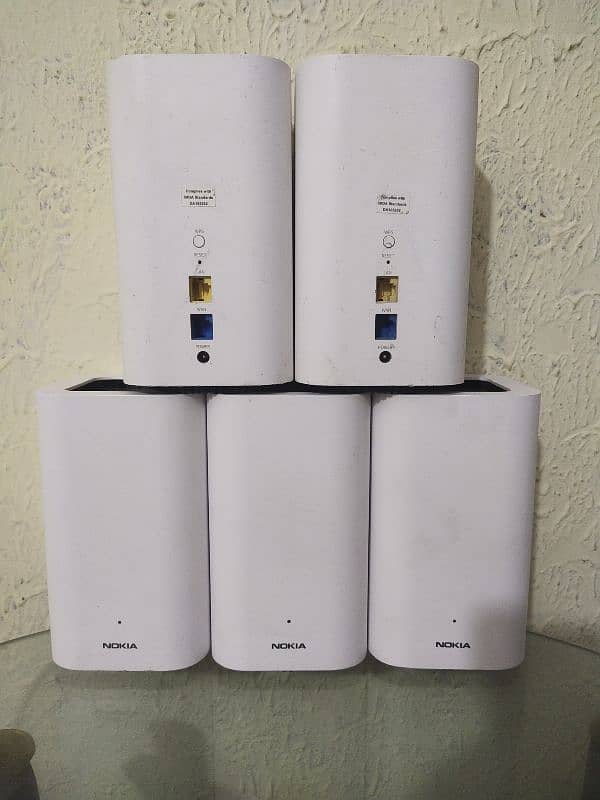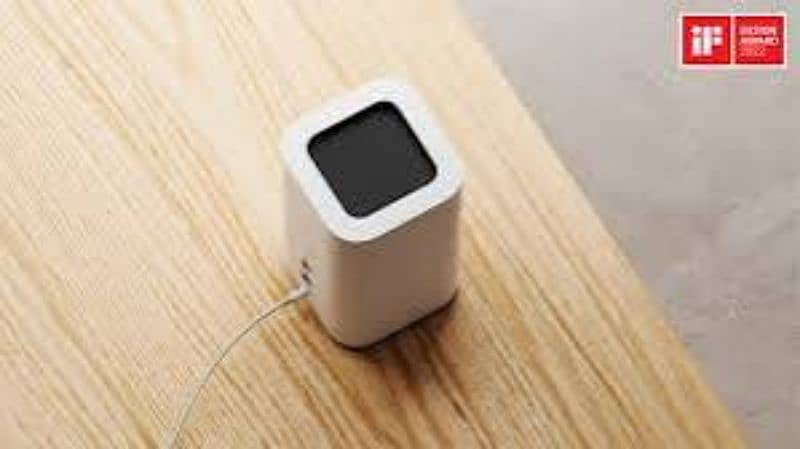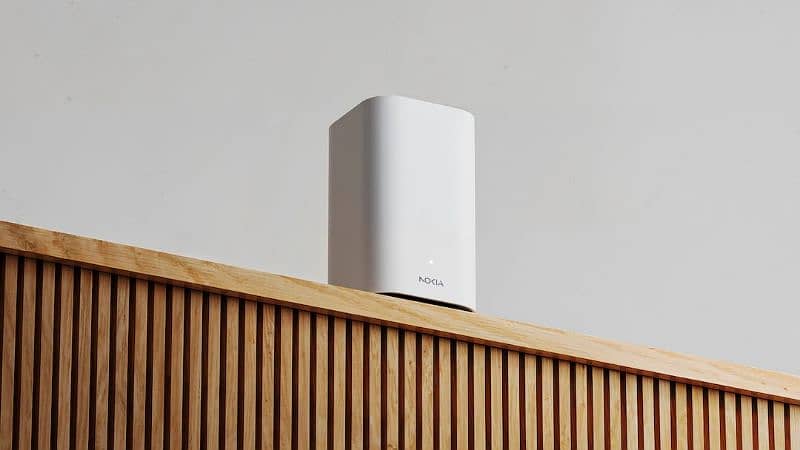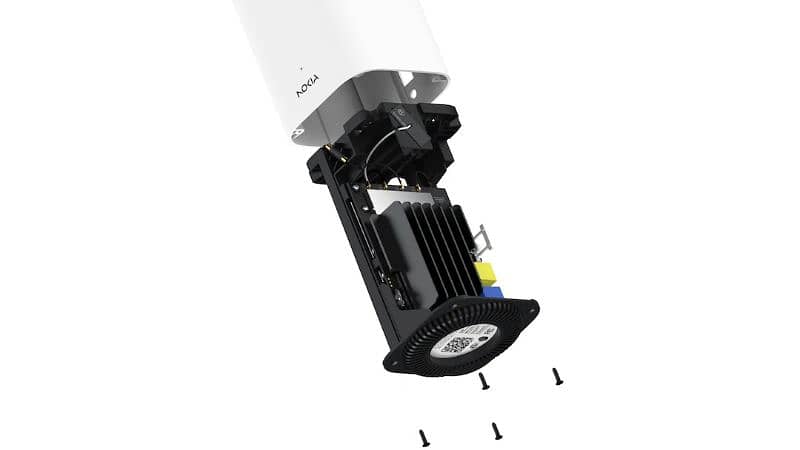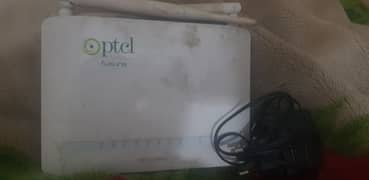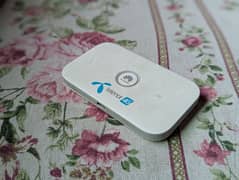1 / 5
Details
TypeRouters
ConditionUsed
Description
Cash On Delivery Available All Pakistan.
Nokia WiFi Beacon 2
Premium performance
Supports Wi-Fi 6.
Overview
Create or extend a Nokia WiFi mesh network with Wi-Fi 6
Nokia WiFi mesh creates a seamless Wi-Fi network throughout the home
Fast and reliable Wi-Fi with a capacity of AX1800 for typical Wi-Fi usage
Simple, app-based setup and management
Use it to extend coverage of an initial Beacon 2 or compatible Nokia ONTs.
Benefits and features:
Unstoppable Wi-Fi with mesh middleware
Intelligent channel selection ensures that the optimal Wi-Fi channel is always selected, avoiding any Wi-Fi glitches
Dynamic backhaul management ensures Nokia WiFi Beacons are perfectly connected with one another.
Fast Wi-Fi:
2x2 MIMO on 2.4 GHz
2x2 MIMO on 5 GHz
PHY rate of AX1800
Supports 4K video streaming and gaming.
Whole home Wi-Fi coverage:
One unit covers up to 140 m2 (1500 sq. ft)
Use up to 6 units in a single network to cover a large or multi-story house
Backhaul can be Ethernet cable/Wi-Fi
The Beacon 2 is EasyMesh compliant for interoperability.
Manage and optimize Wi-Fi networks:
Leverage the Corteca Home Controller for an advanced helpdesk, proactive Wi-Fi optimization and network-wide visibility
Give your customers a local web interface that can be customized (branding, stylesheets, control what the end user can see and configure).
Ready to go
The Nokia WiFi mobile app is packed with useful features, from analytics to parental control.
The mobile app ensures that the network is quick to set up, and simple to manage.
Download iOS app
Download Android app
Step-by-step instructions and tips
The Nokia WiFi mobile app gives your customers step-by-step instructions on how to install or extend the Wi-Fi network.
Scanning a QR code is the only thing they really need to do.
The app provides tips on how to connect Beacons and where to place them. It even helps customers find the best location by testing the Wi-Fi signal.
Wireless LAN interfaces:
802.11b/g/n/ax 2.4 GHz: 2x2 MIMO
802.11ac/ax 5 GHz: 2x2 MIMO
Maximum EIRP on 2.4 GHz up to 2 W and on 5 GHz up to 1.3 W (dependent on hardware variant and local regulations.
Ethernet interfaces:
WAN side: One 10/100/1000Base-T interface with RJ-45 connector
LAN side: One 10/100/1000Base-T interface with RJ-45 connector
Related ads
Listed by private user
LAHORE Com1
Member since Jun 2021
See profile
Location
Pakistan
Ad id 1100238410
Report this ad

